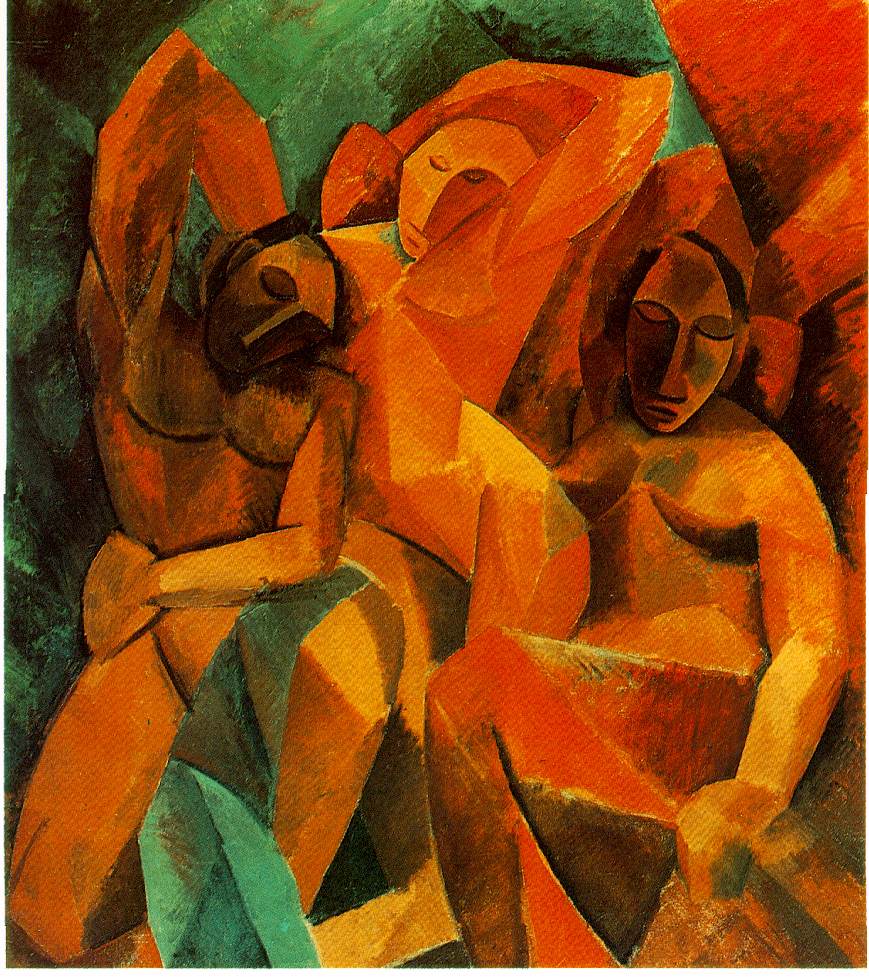 When high-heeled shoes are mentioned in American society, the references are to shoes that literally raise the heels of one’s foot. Heels are commonly referred to as, stilettos, pumps, kitten heels, wedges, kinky boots and even the legendary stripper heel. Predominantly, heels are associated with feminine characteristics and female sexuality. Although there are males who partake in the heels phenomena, such as male drag queens, this critique will focus on the cultural impact of heels on the role of women in society. High-heeled shoes are commonly known to be uncomfortable after wearing them for a varying period of time. However, the question remains, why do women choose to continue wearing heels if it hurts to wear them? It transcends the notion of simply following the “fashion must-haves” trend, but instead incorporates how societies have been shaped to believe the sexualized message of heels and what this message offers to a woman’s image.
When high-heeled shoes are mentioned in American society, the references are to shoes that literally raise the heels of one’s foot. Heels are commonly referred to as, stilettos, pumps, kitten heels, wedges, kinky boots and even the legendary stripper heel. Predominantly, heels are associated with feminine characteristics and female sexuality. Although there are males who partake in the heels phenomena, such as male drag queens, this critique will focus on the cultural impact of heels on the role of women in society. High-heeled shoes are commonly known to be uncomfortable after wearing them for a varying period of time. However, the question remains, why do women choose to continue wearing heels if it hurts to wear them? It transcends the notion of simply following the “fashion must-haves” trend, but instead incorporates how societies have been shaped to believe the sexualized message of heels and what this message offers to a woman’s image. High-Heeled Shoes: A Cultural Artifact



